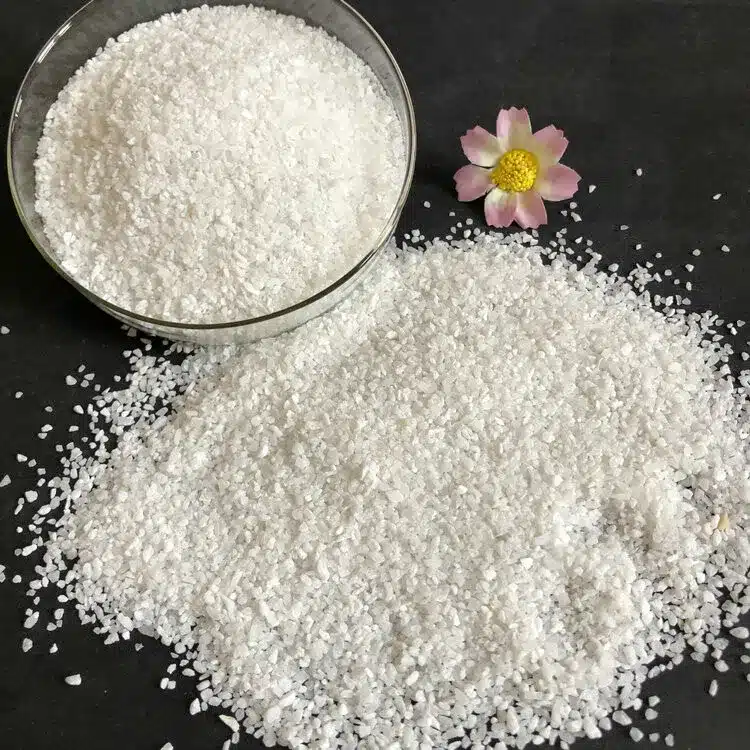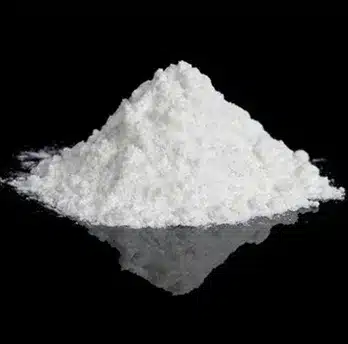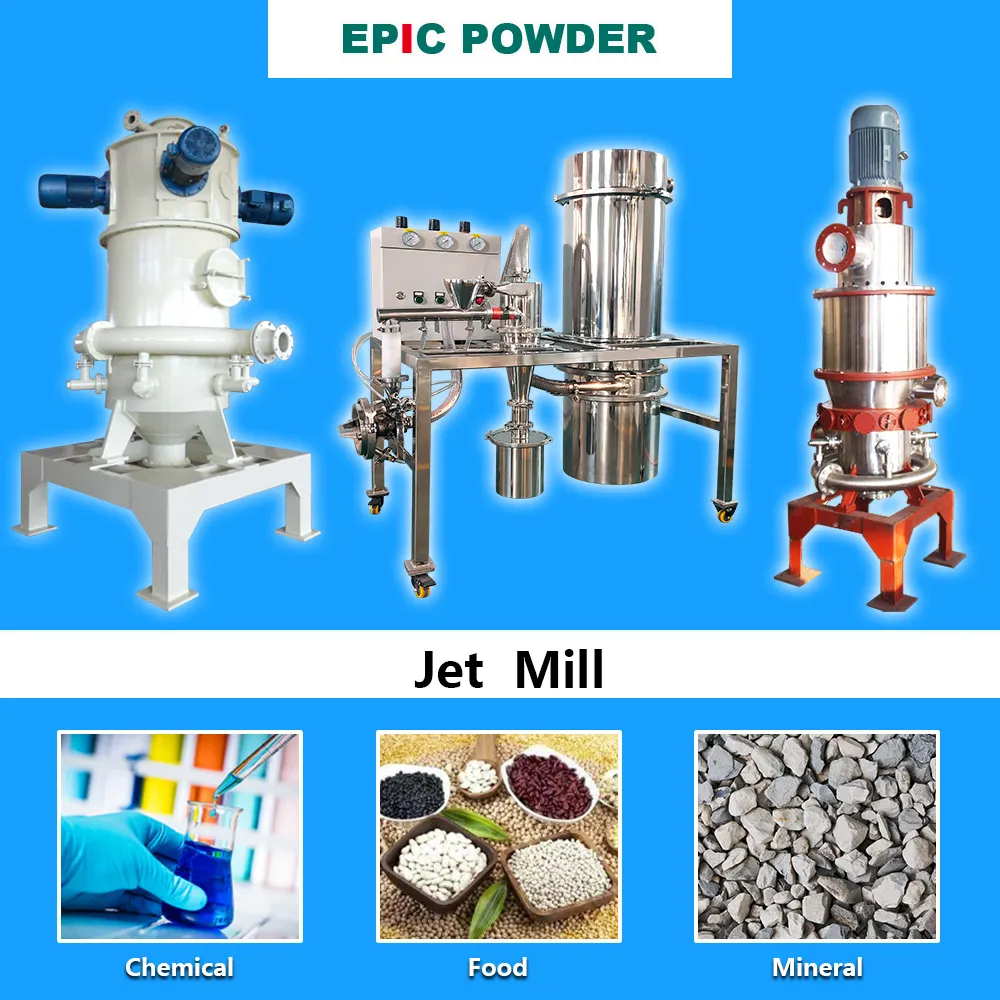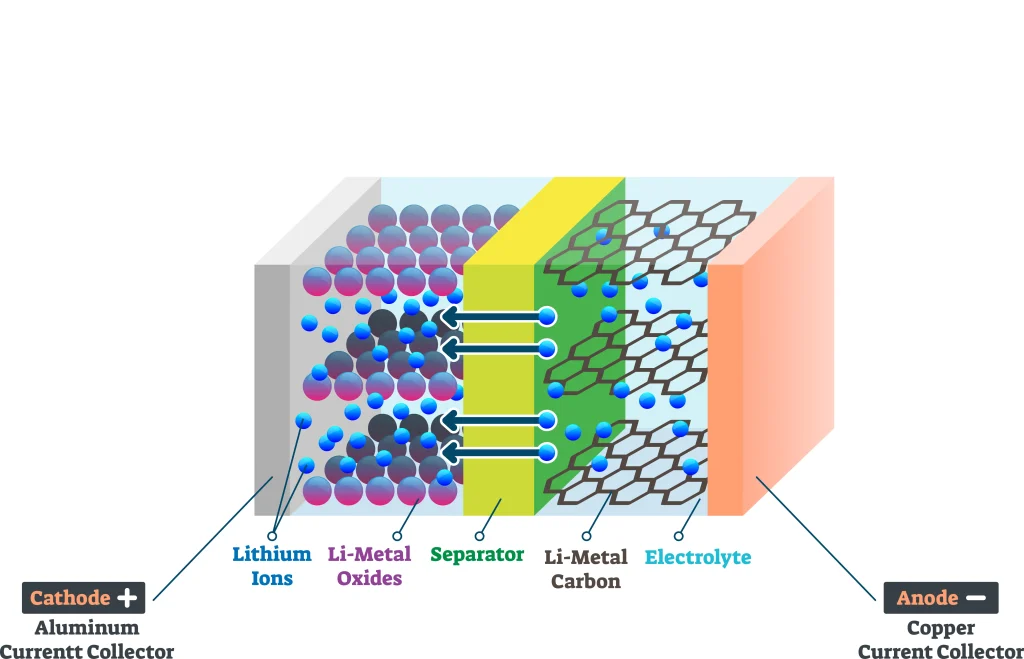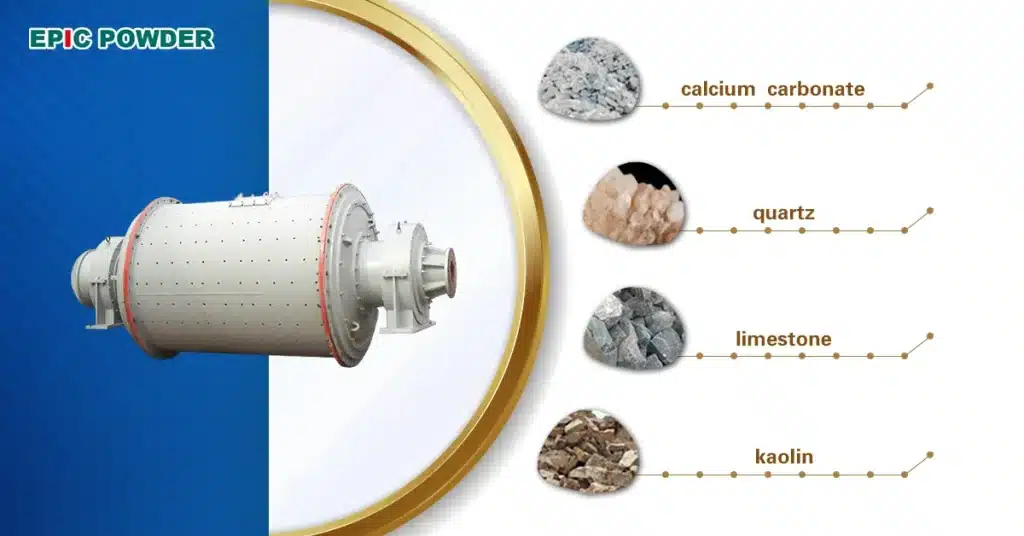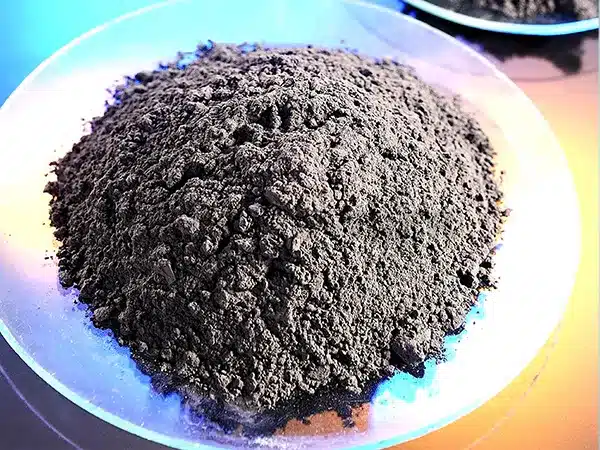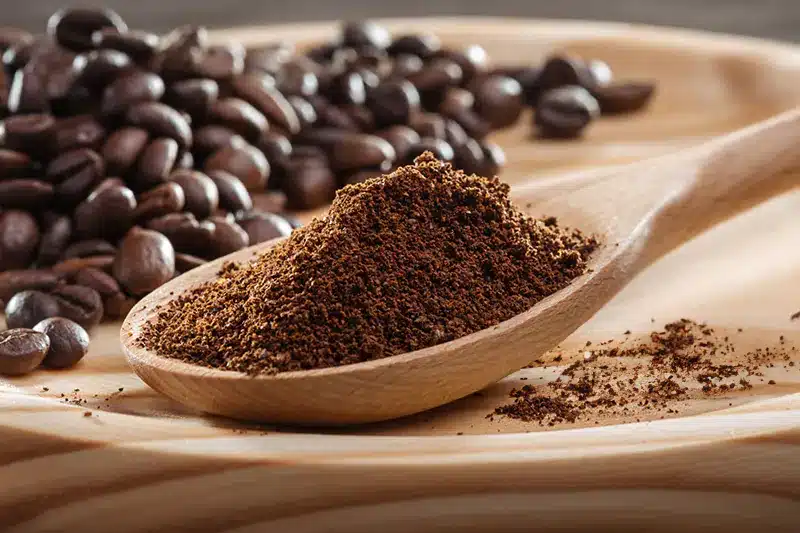Quartz Sand Color Sorting Technology and Key Points
Photoelectric color sorting is a method for the initial rough separation of quartz minerals and impurity minerals based on differences in their surface optical characteristics. It shows significant effectiveness in sorting coarse-grained minerals. Following the principle of discarding impurities as early as possible, quartz sand color sorting is typically arranged before grinding. It can preliminarily […]
Quartz Sand Color Sorting Technology and Key Points Read More »

